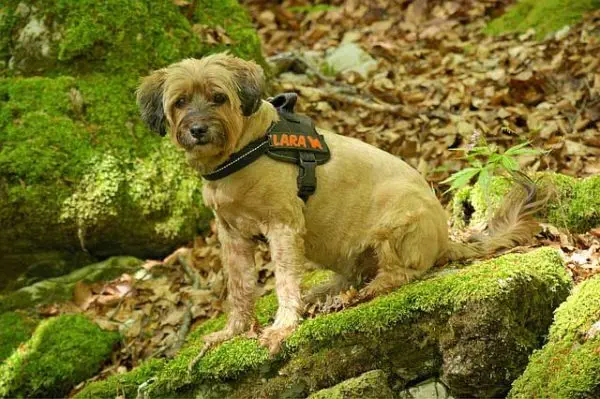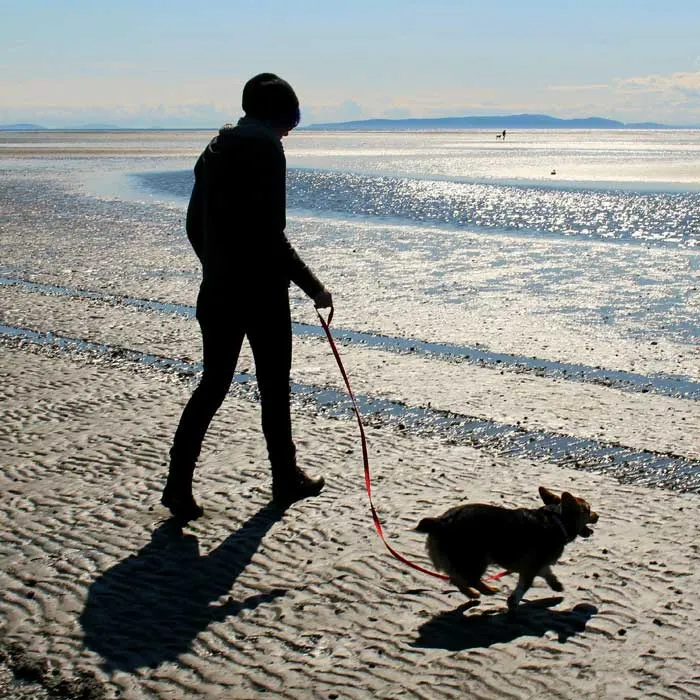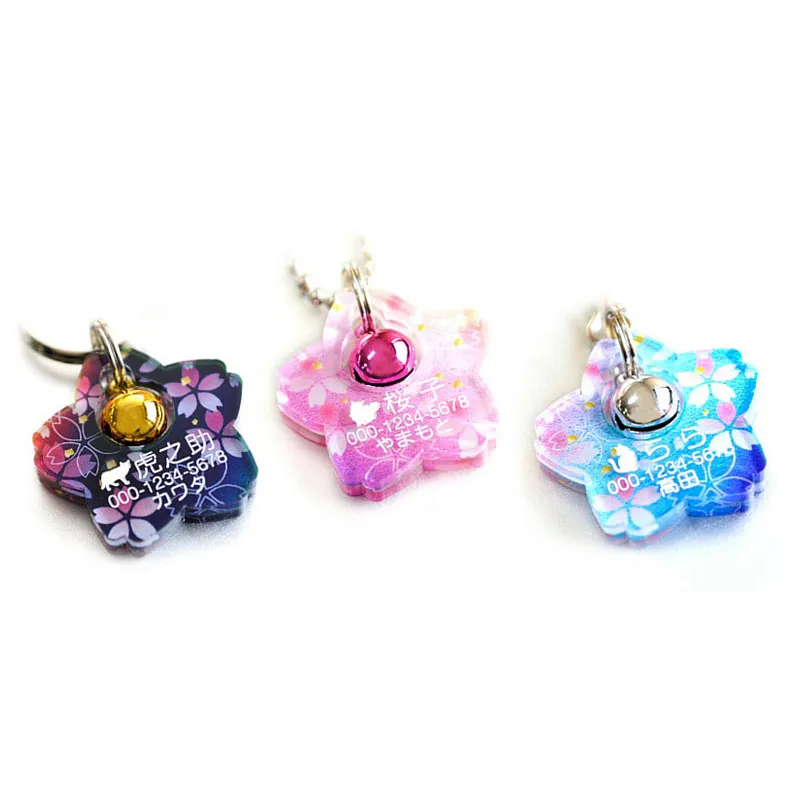 When we first adopted our little brown furball, she had so much energy that she could rival any energiser bunny.
When we first adopted our little brown furball, she had so much energy that she could rival any energiser bunny.
Her highly excitable nature meant that she would tug and pull at her leash the minute she saw anything move. And that, was when problems started.
We noticed that she started coughing and was exhibiting gagging reflexes. Worried that it was something sinister, we packed her off for a look-over by the vet.
The good doctor’s diagnosis? Our energiser bunny has a narrower trachea making her an unsuitable candidate for wearing a collar given her tendency to tug at the least expected moment.
And since we did a little nosing around as regards the use of harness, we thought we might summarise and share what we have read with you.
You might want to consider switching to a harness if your furball:
- Has a tendency to tug on the leash, which might give rise to future neck injuries.
- Has respiratory and/or trachea-related medical issues.
- Has a short muzzle, predisposing him/her to breathing complications and tracheal collapse.
- Belongs to breeds such as Chihuahuas or Poodles who are known to have delicate or narrower trachea.

We found that Harmony Animal Hospital has succinctly summarised the benefits of a harness.
Benefits of a harness
- Prevents neck / trachea and even eye injuries.
- Offers better control over your dog, which is especially important if you’re walking on a busy road, when surrounded by large crowds, etc.
- Discourages pulling, because it teaches dogs that the action doesn’t give him any advantage. With a collar, pulling moves the dog forward, so he feels like the action is working. With a harness, pulling often does nothing but get the front legs off the floor – definitely not a result your dog will find effective.
- Helps to stop the dog jumping. If you have a pet that jumps up against people, a dog harness is a good way to stop the action without worrying about choking him in the process.
- Ideal for puppies, which might get tangled or hurt themselves while pulling on a regular collar and dog leash.
- Helps control dogs that are easily distracted. This is key when you’re hiking with your dog or in areas where getting distracted could result in injury or the dog getting lost.
However, we can’t deny the convenience that collars offer given that they:
- Are easy to wear and take off.
- Can be left on the furries and most furries would not even bat an eyelid.
- Facilitates identification especially since ID tags can be easily attached.
- Allow pawrents to hang tick/flea repelling charms if they are so minded to do so.
There is no right or wrong in choosing a collar over a harness or vice versa as long as we as pawrents have considered the needs of our furries. Best of all, consult your friendly vet like we did! It helped so much with our decision-making and gave us a sense of security that whatever choices we made, we have given thorough consideration to our furry’s well-being!
And for those who are interested in how we managed to get the best of both worlds, our energiser bunny now wears both a collar (for identification purposes!) and a harness (to which the leash is attached to) when she is out and about. It does take a little longer for us to get her ready for walkies. But hey, what matters is that both human and furry enjoy the pack walk!
Keep a look out for our next post on how to choose the right harness!
[popup_trigger id=”4848″ tag=”span”]Click here to sign up for our newsletter to stay updated![/popup_trigger]






